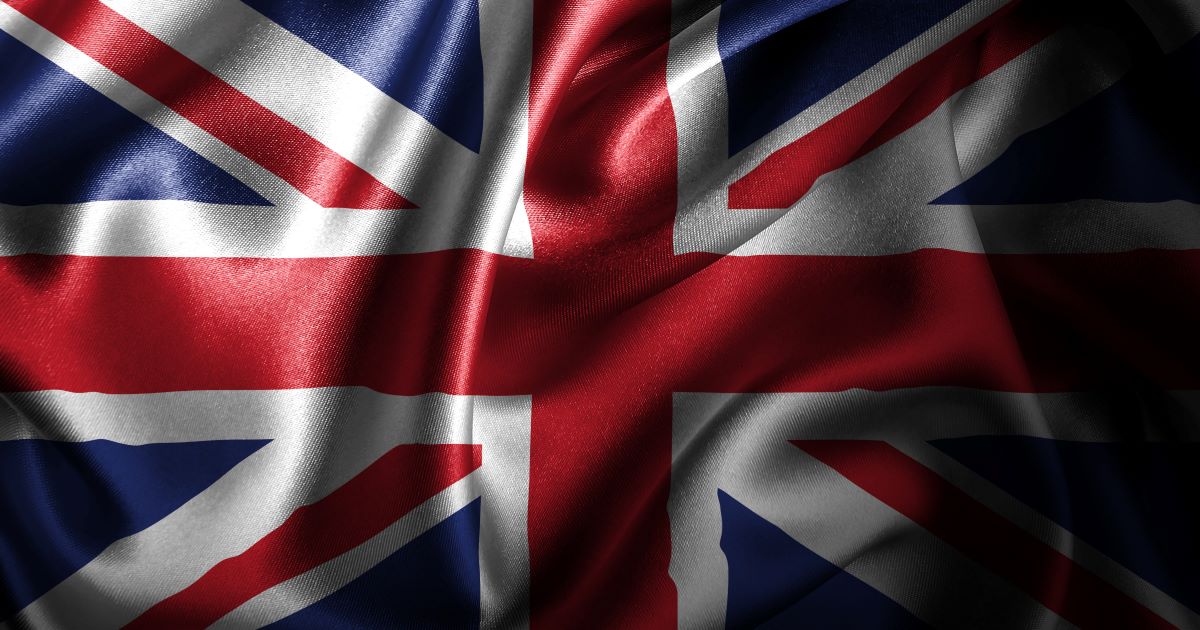


Glenn Sunshine
In the previous article, we looked at some of the elements that led up to the French Revolution. In this article, we will look at England, which experienced a very different kind of revolution during roughly the same period.
The Situation in Britain
English society may have moved beyond the medievalism of the Ancien Régime in France, but in many ways the situation in Britain was just as dire for the lower classes. England was in the middle of the Enclosure Movement, a major disruption of rural society that destroyed the old medieval manorial economy and displaced many people from the countryside to the cities.
Those displaced persons supplied the labor for the factories of the early Industrial Revolution. Men, women, and children worked in factories, often chained to machines. When the machinery jammed, women and children with their smaller hands had to reach into the gears to free the jam; if they were not quick enough, they might be maimed as the gears suddenly beginning turning again. And for this, they were poorly paid, which is why all members of the family had to work. This meant children could not go to school.
Another way to make a living for women was prostitution. Fully 25% of unmarried women in London were prostitutes, with an average age of 16. Some brothels specialized in girls under 14 years old.
Not surprisingly, alcoholism was a serious problem. Gin was the drug of choice during the period, creating a century-long substance abuse crisis akin to the opioid crisis today.
Casual cruelty in the form of bull baiting, bear baiting, cock fighting, and dog fighting was common. Public executions for a shocking range of crimes including theft were considered public entertainment. For the further edification of the audience, the bodies of criminals convicted of particularly heinous crimes such as murder or arson were either burned or publicly dissected.

Casual cruelty in the form of bull baiting, bear baiting, cock fighting, and dog fighting was common. Public executions for a shocking range of crimes including theft were considered public entertainment. For the further edification of the audience, the bodies of criminals convicted of particularly heinous crimes such as murder or arson were either burned or publicly dissected.
England may have been a commercial power with a cohesive elite made up of nobles, the landed gentry, and wealthy merchants, but the social cleavages and the resentment of the lower classes against the upper classes were nearly as great as they were on the continent even if the details vary. The contempt went both ways. For the most part, the upper classes cared little for the lower classes, seeing them instead as creatures to exploit much like their abused animals. Debauchery and drunkenness were common.
The Church of England did nothing to mitigate the kingdom’s social problems. Since the Stuart Restoration (1660), Britain had largely enforced conformity to the Church of England, suppressing Dissenters including Puritans in England and Presbyterians in Scotland. Despite this, religion was not a major theme in the period.
After the English Civil War and Commonwealth, British elites looked on any serious commitment to religion or religious practices with suspicion. You were expected to attend church on Sunday, have a church wedding, baptize your children, and be buried in the churchyard, but that was about it. Anything more than that was labeled “enthusiasm,” roughly the equivalent of being called a “holy roller.”
The Evangelical Revival
That said, while polite society rejected anything beyond going through the motions when it comes to faith, others especially in the lower classes found something far more meaningful and profound in the Evangelical Revival that swept Britain and many of its American colonies.
Interestingly, many of the leaders of these revivals were precisely the kind of highly educated individuals who were drawn to the Enlightenment. Jonathan Edwards, the most famous preacher of the Great Awakening in New England, is considered by many today to be the greatest thinker that America has produced. George Whitefield and John and Charles Wesley were Oxford graduates.
Despite the number of intellectual elites who joined or led the Evangelical Revival, however, it was far from an elitist movement. Some of its leaders, while educated, were hardly part of the intellectual elite. Howell Harris, one of the key leaders of the Welsh Revival, was a simple schoolmaster. Further, unlike the Enlightenment, which appealed primarily to elites, the revivals reached primarily common people, even people below the level of literacy such as coal miners. The result was a spiritual revolution that transformed British society.

As we face significant social upheaval and challenges in our society, the question is, which model will we follow: a secular model built on elitist theories of social reform, or a spiritual model based on a recognition of sin and the need for repentance and inner transformation?
The Spiritual Revolution
According to many historians, the Evangelical Revival helped prevent England from having its own bloody revolution on the model of France. The message preached in these revivals emphasized not an easy conversion experience, but repentance resulting in turning away from sin and a transformed life. They thus looked for spiritual renewal rather than secular, Enlightenment-driven social reform, and they did so in sufficient numbers to keep Britain from collapsing in an orgy of violence.
This did not mean that they ignored social problems, however. The need to root out sin in one’s life extended further to rooting it out of society. Thus, British Evangelicals were involved in lobbying and agitating for social reform in every area it was needed.
Most famously, this was personified in William Wilberforce, the parliamentarian who led the fight against the slave trade but who also was involved in nearly 70 other organizations dedicated to righting the many wrongs in British society. In the end, he was largely successful—not only was slavery abolished, but it was said of Wilberforce that he made goodness fashionable in England.
As we face significant social upheaval and challenges in our society, the question is, which model will we follow: a secular model built on elitist theories of social reform, or a spiritual model based on a recognition of sin and the need for repentance and inner transformation? Will we use secular means to achieve our goals or the weapons of the Spirit—prayer, love, and repentance? The results of each are before us. We need to choose wisely. Future generations are depending on us.
Topics
Britain
Cultural Renewal
Evangelicalism
George Whitfield
History
Jonathan Edwards
William Wilberforce














